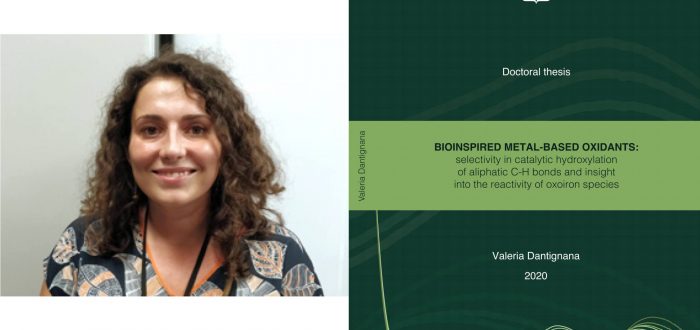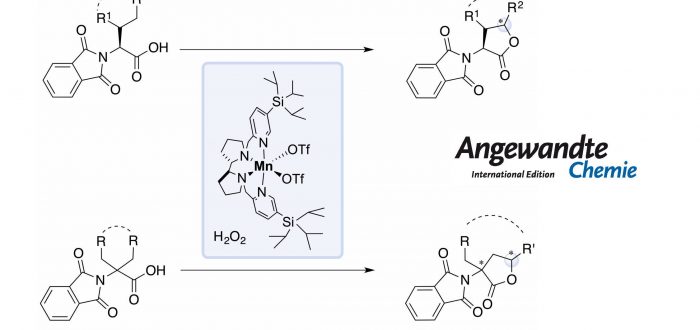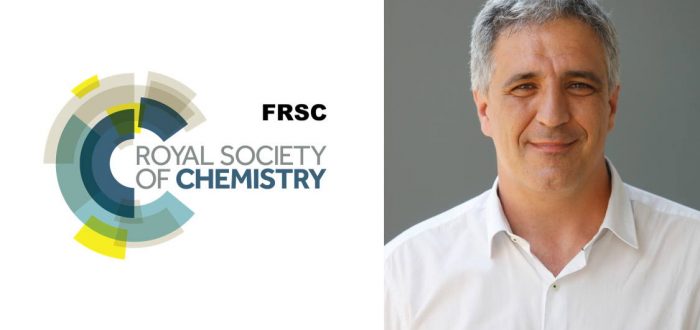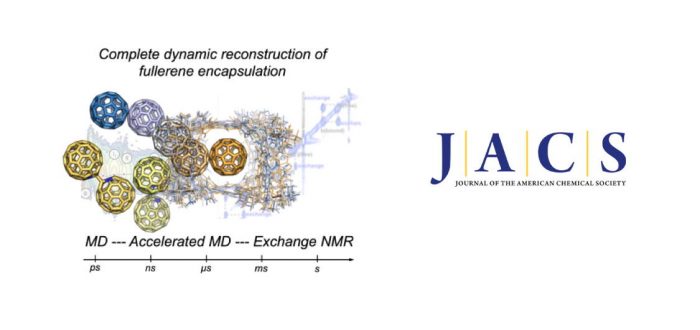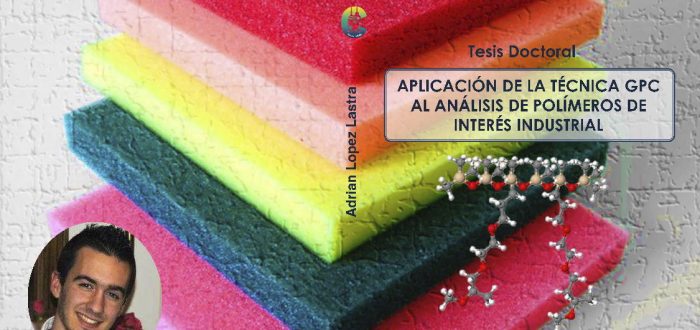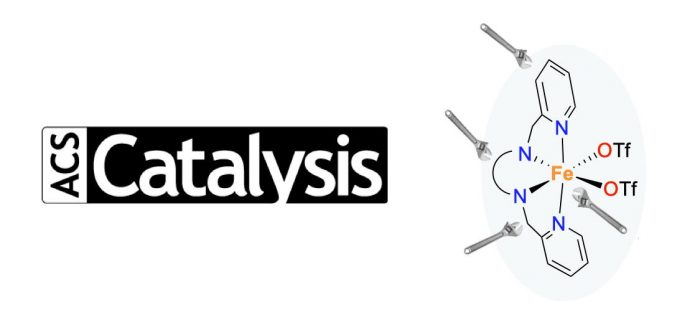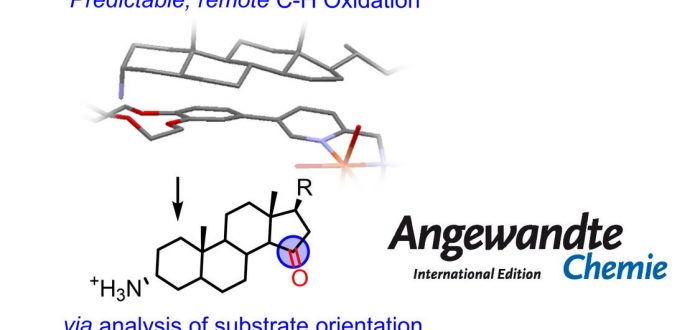Dr. Martí Garçon has recently become a new member of the Institute of Computational Chemistry and Catalysis (IQCC). Dr. Garçon did his PhD in Imperial College London (UK) on novel heterometallic complexes for C-F and C-H bond activation under the supervision of Dr. Mark R. Crimmin in 2020. Now, he is working on developing Fe
- sec.iqcc@udg.edu
- +34 972 41 83 57
Category: Miquel Costas news
Dr. Arnau Call has recently become a new member of the Institute of Computational Chemistry and Catalysis (IQCC). Dr. Call did his PhD at IQCC on development of structurally and electronically versatile aminopyridine cobalt complexes for photo-(electro) reduction of water and ketones under the supervision of Dr. Miquel Costas and Dr. Julio Lloret in 2016.
Next Wednesday (3rd of December, 15.00h, virtual) will take place the defense of the doctoral thesis of Valeria Dantignana titled “Bioinspired metal-based oxidants: selectivity in catalytic hydroxylation of aliphatic C-H bonds and insight into the reactivity of oxoiron species” supervised by Miquel Costas and Anna Company from IQCC. Those that you wish to follow the
alpha-Amino acids are considered a valuable class of natural products that are employed as building blocks in biological and chemical synthesis. However, only a limited number of natural amino acids are available. Nowadays, and due to their widespread application in diagnosis, proteomics, drug delivery and catalysis, there is an increasing demand for the development of
Miquel Costas has recently been selected as a Fellow of the Royal Society of Chemistry (RSC). This scientific society, founded in 1980, aims to promote the understanding and advancement of the chemical sciences. Although the vast majority of more than 54,000 members of the association are British, this is also open to researchers from around
The dynamic adaptability of a supramolecular tetragonal prismatic nanocapsule in the selective separation of fullerenes and endohedral metallofullerenes (EMFs) remained unexplored. Therefore, the essential molecular details of the fullerene recognition and binding process into the coordination capsule and the origins of fullerene selectivity remained elusive. In this work, the key steps of fullerene recognition and
Tomorrow (28th of July, 12h, Sala de Graus, Facultat de Ciències) will take place the defense of the doctoral thesis of Adrián López titled “Aplicación de la técnica GPC al análisis de polímeros de interés industrial ” supervised by Miquel Costas from IQCC and Josep Nadal from Concentrol. We wish him good luck and all
The ubiquity and relevance of oxygenated motifs in biologically active compounds calls for the development of effective and selective C-H and C=Coxidation reactions. Inspired by the impressive selectivity and versatility of Nature oxidation catalysts, and especially nonheme Fe oxygenases, chemists have designed small molecule catalysts that can hydroxylate C-H bonds and epoxidize or syn-di-hydroxylate C=C bonds with
Predictability is a key requirement to encompass late-stage C-H functionalization in synthetic routes. However, prediction (and control) of reaction selectivity is usually challenging, especially for complex substrate structures and elusive transformations such as remote C( sp 3 )-H oxidation, as it requires to distinguish a specific C-H bond from many others with similar reactivity. Herein,
Today the European Research Council announced the grantees of their ERC Advanced Grants, among which featured our Miquel Costas (ICREA Academia) with his “Enantioselective C-H Oxidation Guided by Rational Catalyst Design” project. This five-year project will enable him to continue on his excellent path to understanding in great detail the secrets of C-H oxidation chemistry. Congratulations



